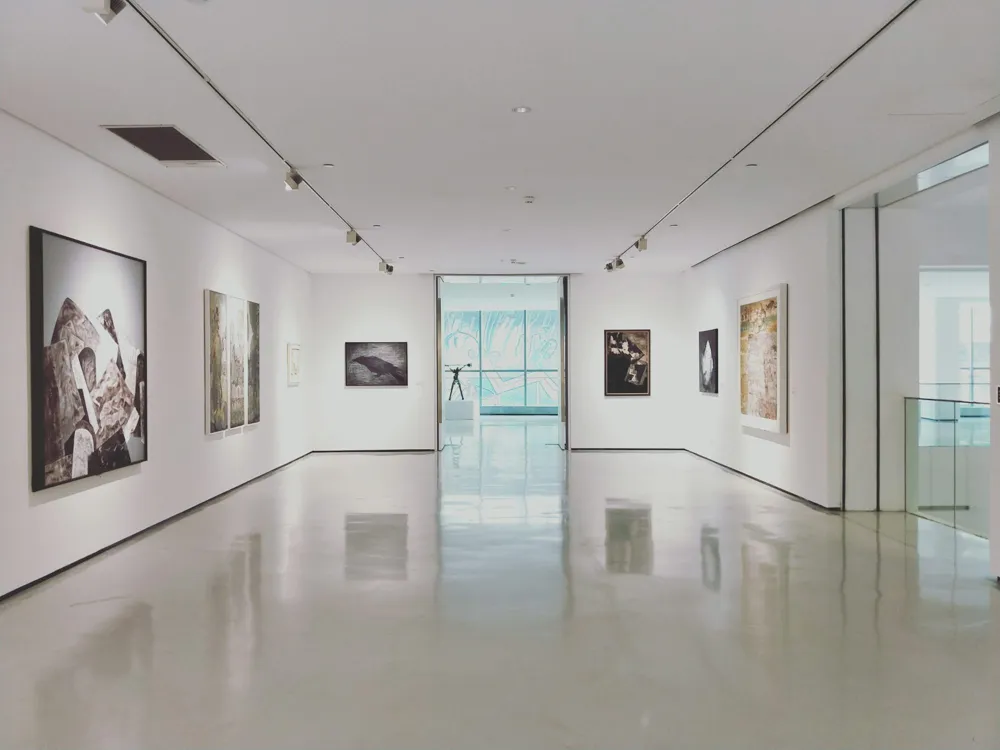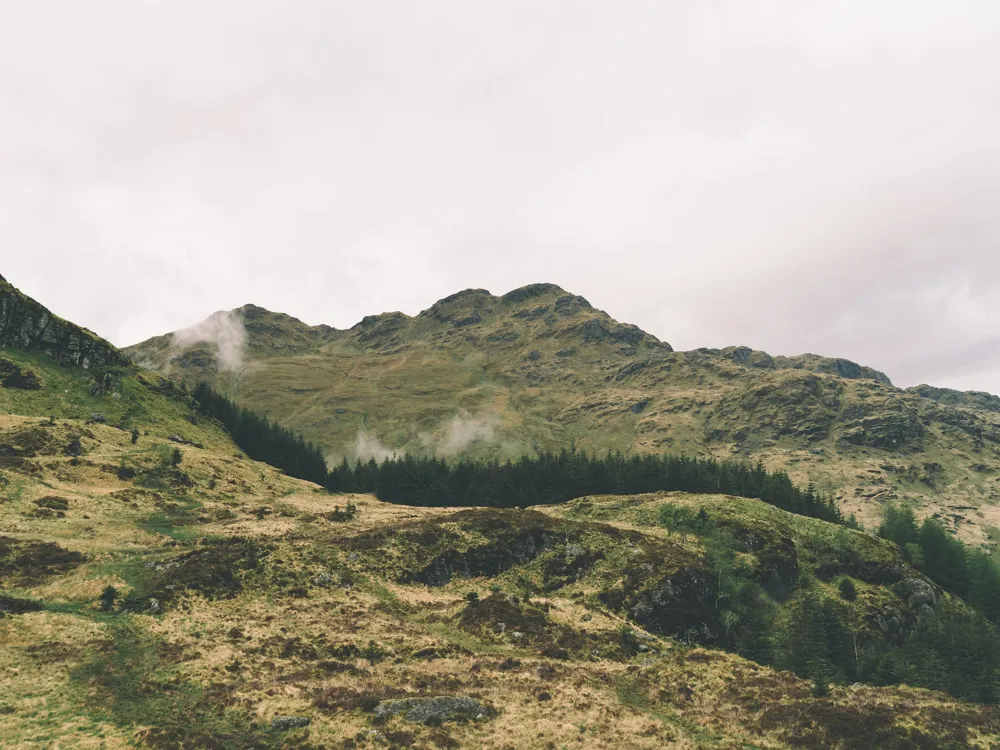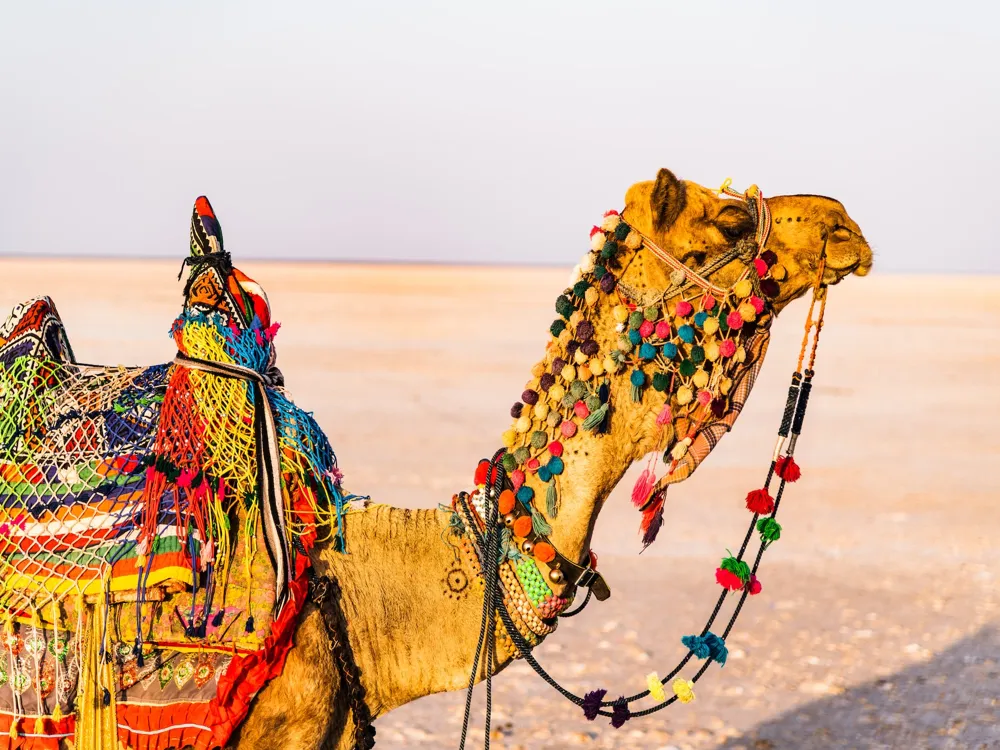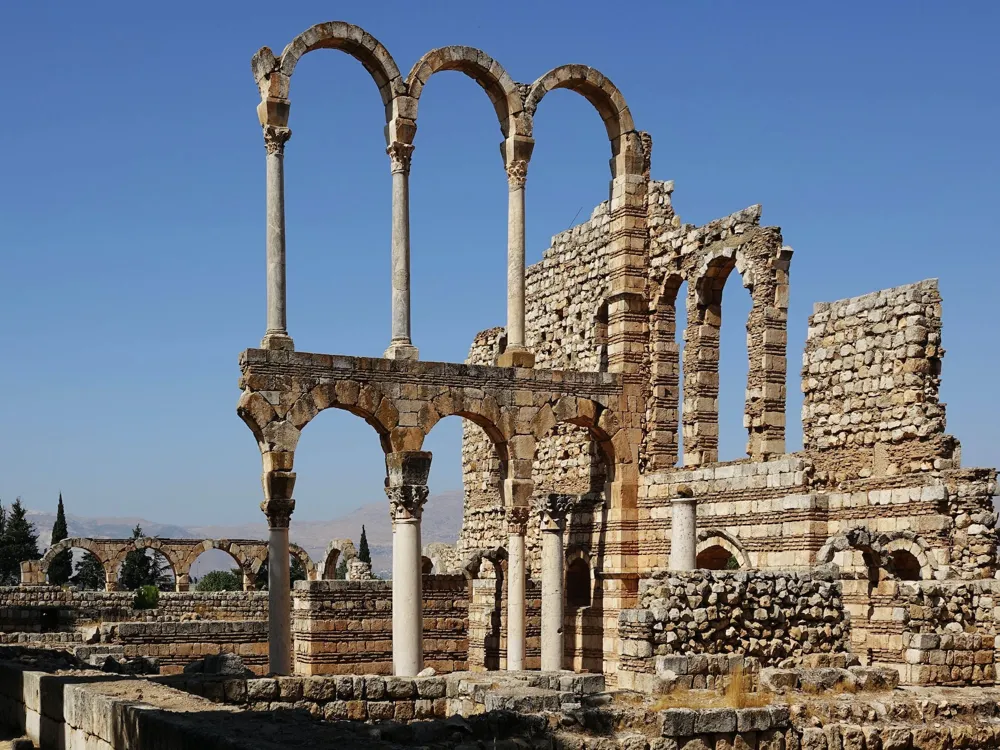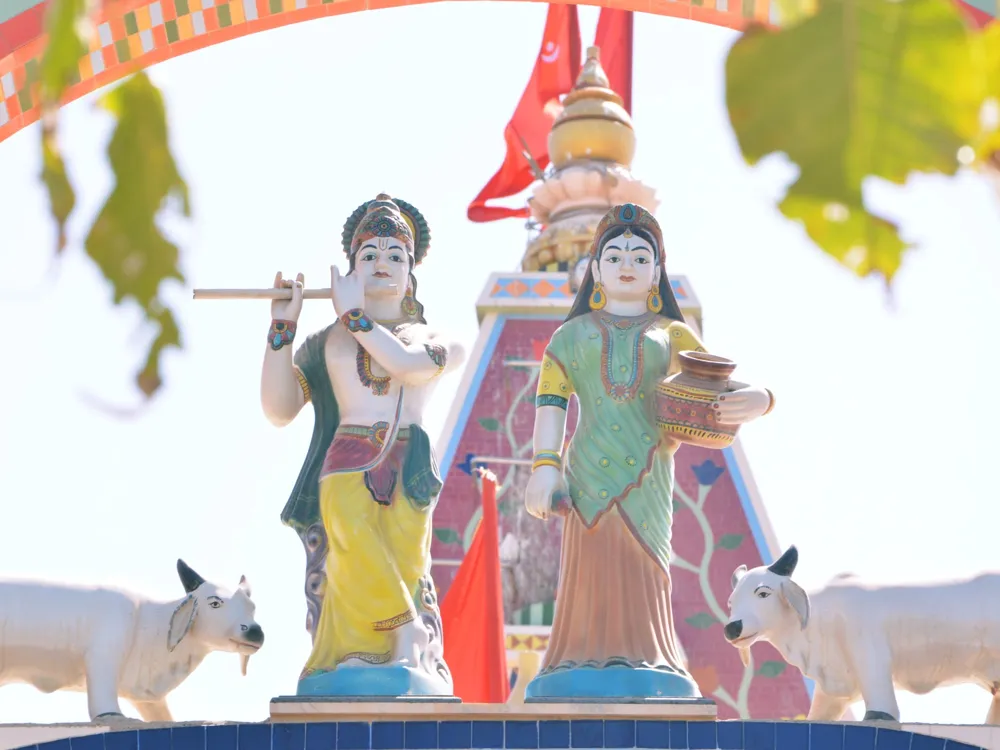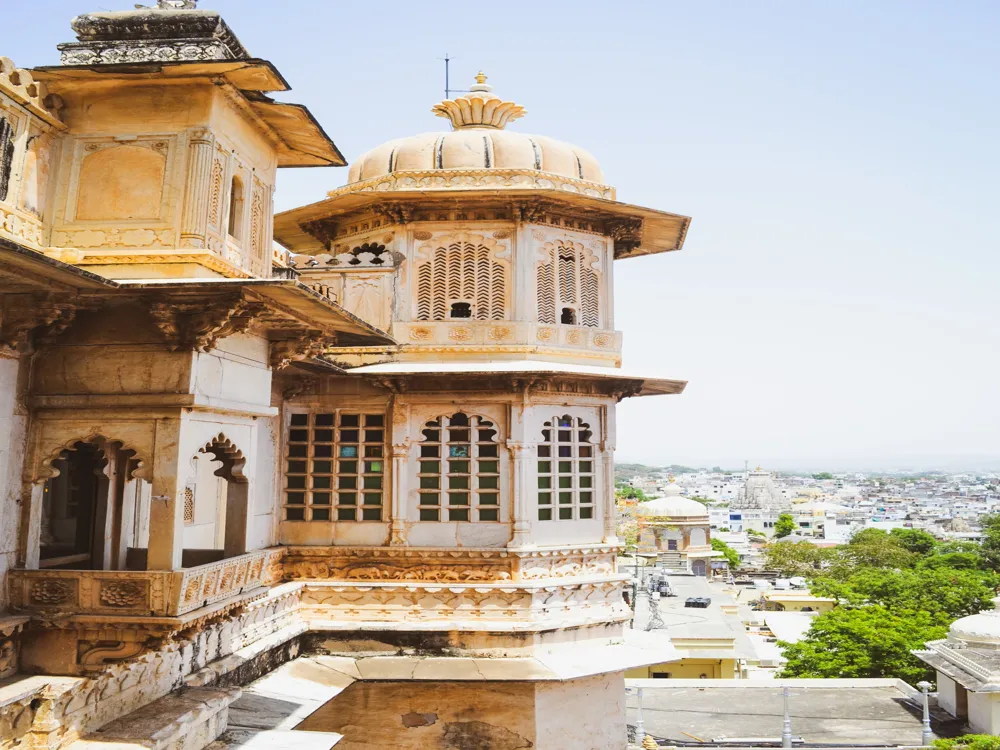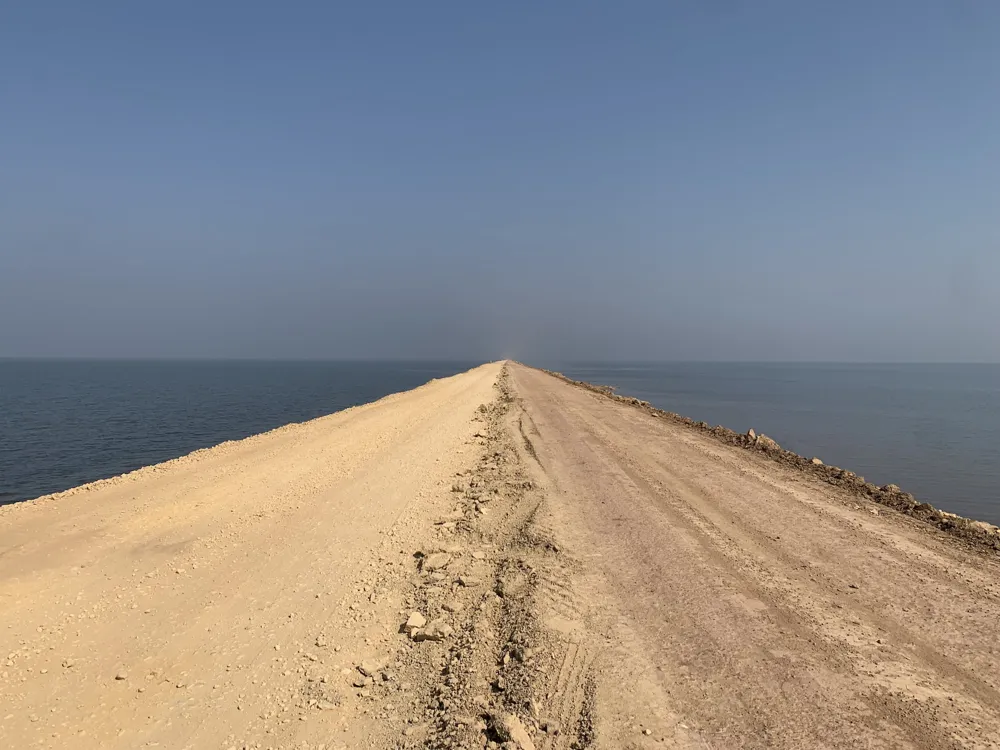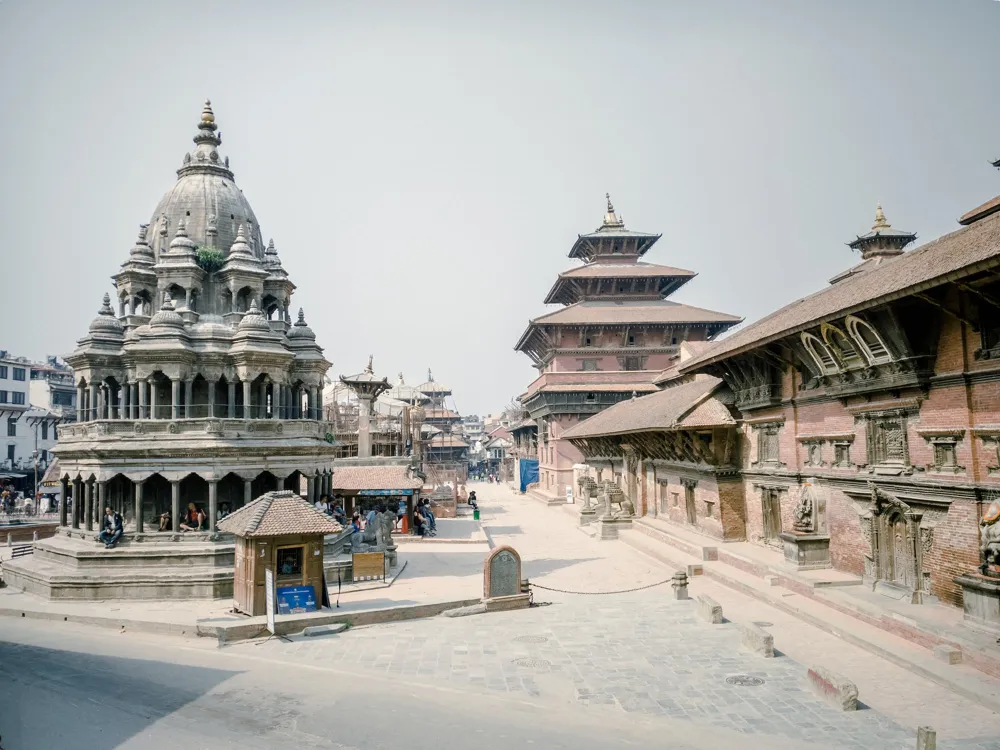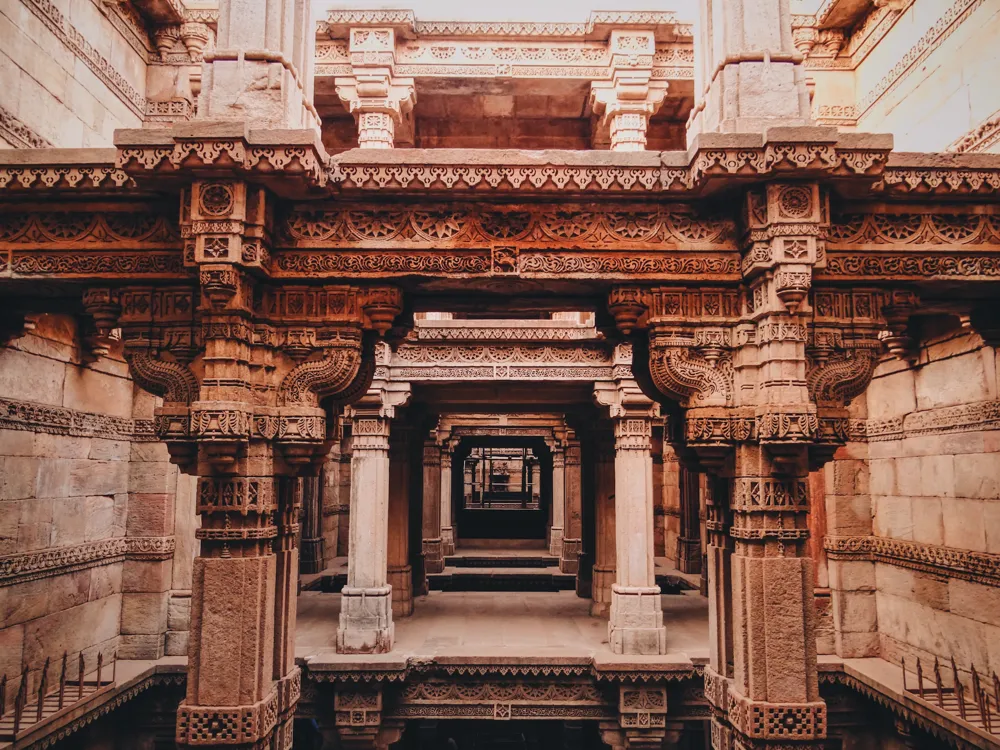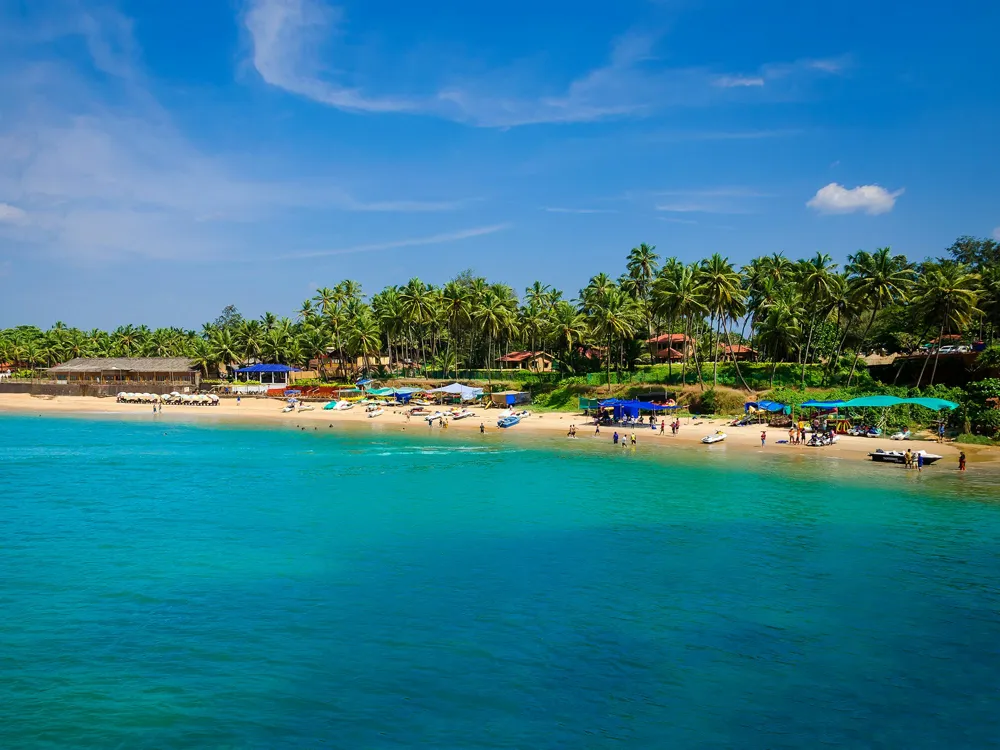Bhuj, a fascinating city in the Kutch region of Gujarat, India, boasts a rich history and vibrant culture. Founded in 1510 by Rao Hamir, the city has been a melting pot of different communities, traditions, and architectural styles. Bhuj is famously known for its significant role in India's independence movement and its resilience after the devastating earthquake in 2001. The city's name is derived from the Bhujia Fortress, which overlooks it, symbolizing its historical and strategic importance.
The cultural fabric of Bhuj is a tapestry of numerous communities including the Kutchis, Gujaratis, and others, each contributing to the city's unique cultural landscape. Bhuj is famous for its handicrafts, with local artisans excelling in traditional crafts like Kutch embroidery, bandhani tie-dye, woodwork, and pottery. The city's bazaars buzz with vibrant colors and intricate designs, attracting tourists and art enthusiasts from around the world. Bhuj also celebrates various festivals with great fervor, showcasing its rich cultural heritage and traditions.
Bhuj's cuisine is a reflection of its cultural diversity, offering a blend of traditional Gujarati flavors and unique Kutchi delicacies. The local food is known for its variety and complexity, with dishes like Kutchi Dabeli, Bajra no Rotlo, and Gujarati Thali being popular among locals and visitors alike. The city's street food scene presents a delightful experience for food lovers, with an array of snacks and sweets to savor.
The city is also a gateway to the mesmerizing white salt desert of the Rann of Kutch, one of the largest salt deserts in the world. This natural wonder transforms into a cultural extravaganza during the Rann Utsav, a festival celebrating the region's folk traditions and crafts. Bhuj's proximity to this extraordinary landscape adds to its allure, making it a must-visit destination for nature and adventure enthusiasts.
Bhuj, despite its small size, holds a significant place in Gujarat's tourism map due to its historical landmarks, cultural richness, and natural beauty. The city's warmth and hospitality further enrich the travel experience, making it an unforgettable destination in India.
The architecture of Bhuj is a testament to the city's historical significance and cultural richness. Influenced by various periods and rulers, Bhuj's architectural landscape is a blend of traditional Kutchi designs, colonial elements, and local craftsmanship. The city's buildings and monuments narrate stories of its glorious past and showcase the skills of its artisans.
One of the architectural jewels of Bhuj is the Aina Mahal, an 18th-century palace built by Rao Lakhpatji. The palace is renowned for its intricate mirror work, which gives it its name 'Aina' or 'Mirror'. The Aina Mahal is a fine example of Indo-European architecture, featuring a blend of Indian craftsmanship and European influences. The palace houses a museum displaying royal artifacts, paintings, and exquisite textiles, offering a glimpse into the lavish lifestyle of the Kutch royals.
Another notable structure is the Prag Mahal, adjacent to the Aina Mahal. Built in the 19th century, the Prag Mahal is an architectural marvel with Gothic-style windows, Corinthian pillars, and a grand clock tower. The Italian marble and intricate carvings used in the palace reflect the grandeur and opulence of the era.
The Kutch Museum, formerly known as the Fergusson Museum, is another architectural landmark in Bhuj. It is the oldest museum in Gujarat, established in 1877. The museum's architecture is a blend of local Kutchi style and British colonial design, making it a unique structure. The museum houses an extensive collection of Kutchi scripts, artifacts, and textiles, showcasing the region's history and cultural heritage.
Bhuj is also known for its religious architecture, with temples like the Swaminarayan Temple and the Dattatreya Temple at Kalo Dungar. These temples not only serve as places of worship but also as symbols of the city's spiritual heritage. Their intricate carvings, domes, and spires are fine examples of traditional Indian temple architecture.
The city's architecture is not limited to historical buildings. The local houses, known as 'bhungas', are circular mud huts with thatched roofs, designed to withstand the harsh climatic conditions of the region. These traditional dwellings are adorned with colorful murals and mirror work, reflecting the artistic skills of the local communities.
The blend of various architectural styles in Bhuj speaks volumes about its history, culture, and the resilience of its people. From royal palaces to humble mud huts, each structure in Bhuj has a story to tell, making it an architectural treasure trove for visitors.
The best time to visit Bhuj is from October to March when the weather is pleasant and conducive for exploring the city. This period also coincides with several local festivals and the Rann Utsav, offering a unique cultural experience.
Bhuj offers various transportation options including auto-rickshaws, taxis, and buses. For a more authentic experience, consider hiring a bicycle or a scooter to navigate the narrow lanes of the city and explore its hidden gems.
Respecting local customs and traditions is important in Bhuj. Dress modestly, especially when visiting religious sites, and always ask for permission before taking photographs of people or private property.
Don’t miss out on trying the local Kutchi cuisine, famous for its variety and flavors. Street food joints and local restaurants offer a taste of authentic dishes that are both delicious and affordable.
Bhuj is a paradise for shoppers, especially for those interested in handicrafts. Bargaining is common in local markets, so don’t hesitate to negotiate prices. Also, look for government emporiums for authentic and quality products.
Bhuj is well-connected by air, rail, and road. The Bhuj Airport has flights to major cities in India. The Bhuj Railway Station is an important junction with trains from various parts of the country. By road, Bhuj is accessible through state highways and is well connected to major cities in Gujarat.
Overview of Bhuj, Gujarat
Architecture of Bhuj
Tips When Visiting Bhuj
Best Time to Visit
Local Transportation
Cultural Etiquette
Local Cuisine
Shopping Tips
How To Reach Bhuj
Chari-Dhand wetland conservation reserve
Bhuj
Gujarat
NaN onwards
View bhuj Packages
Bhuj Travel Packages
View All Packages For Bhuj
Top Hotel Collections for Bhuj

Private Pool

Luxury Hotels

5-Star Hotels

Pet Friendly
Top Hotels Near Bhuj
Other Top Ranking Places In Bhuj
View All Places To Visit In bhuj
View bhuj Packages
Bhuj Travel Packages
View All Packages For Bhuj
Top Hotel Collections for Bhuj

Private Pool

Luxury Hotels

5-Star Hotels

Pet Friendly









